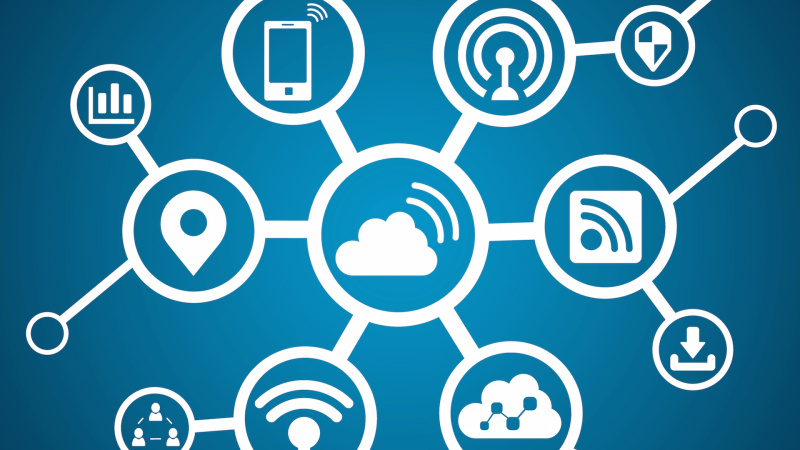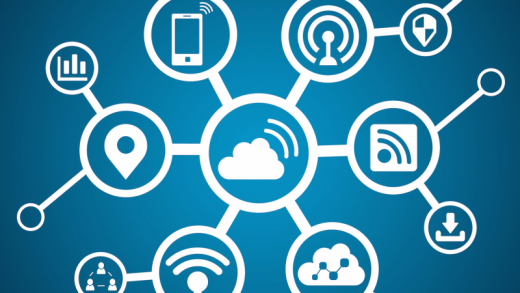Despite recent events, people still positive about internet’s impact on society
But survey shows education, geography, income and age impact sentiment.

Despite the chaos and fallout of the past two years, the vast majority of Americans still believe the internet is a positive thing in their lives. That’s according to a recent Pew Research Center survey conducted in January.
The survey found that 88 percent of US adults believe the internet has been mostly positive for them personally. However, when asked if the internet is good for society as a whole, the numbers are somewhat lower. About 70 percent believe that the internet remains a positive thing for society.
This figure has declined “by a modest but still significant 6 percentage points since early 2014.” There has been a corresponding rise among those who say that the internet’s impact “is a mix of good and bad” (8 percent to 14 percent), while the percentage of those who believe the internet is bad has remained constant at around 14 or 15 percent.
That nets out at 30 percent who say the internet is a mixed blessing or bad for society.
The decline in positive sentiment is sharpest among those over 65, whose positive perceptions have declined 14 percent (from 78 percent to 64 percent) since 2014. The views of those under 30 have been more stable, with only a five-point decline since 2014.
More educated users are more likely to say the internet is positive for them and society than those with lower levels of education. Those who think the internet is bad for society offered a range of reasons for their opinion:
- Isolates people — 25 percent.
- Promotes the spread of false information — 16 percent.
- Negative impact on kids — 14 percent.
- Promotes illegal activity — 13 percent.
- Violates individual privacy — 5 percent.
The survey also asked people how they access the internet. Pew found that 20 percent of internet users access it only on a smartphone and not on a PC or broadband connection. By comparison, 65 percent reported having a traditional broadband connection at home. In 2015, the “smartphone only” segment was 13 percent.
Most of the smartphone-only population is from lower-income homes. More affluent Americans maintain PCs with broadband connections at home. The survey also found that 15 percent of the population doesn’t have internet access or smartphones at home.
The profile of these non-users tends to be correlated with one or more of the following traits: over 65, lives in rural area, lower income and no college.
Marketing Land – Internet Marketing News, Strategies & Tips
(16)



